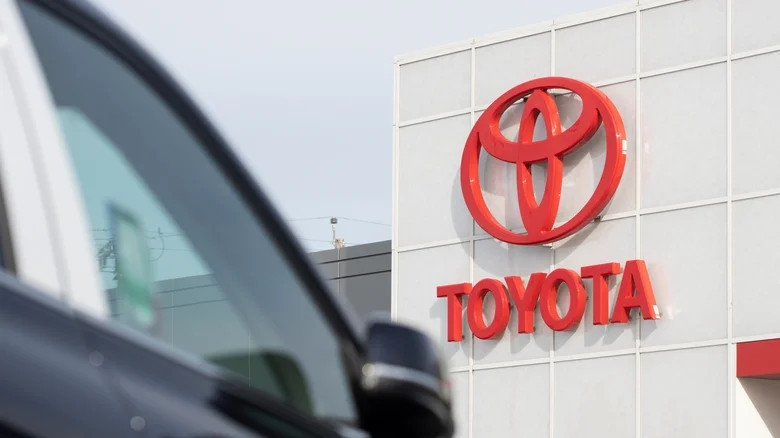
Submit a comment
Some unique automotive technologies that have been introduced or are in development for introduction could have a major impact on what a standard car will look like in the future.
1. Toyota's solid-state battery technology

The auto industry is seeing increasing efforts from various parties to overcome the disadvantages of electric cars. Recently, Japanese automaker Toyota has developed new battery technology that reduces the weight and size of batteries by about 50%, while significantly reducing costs.
If Toyota successfully replicates this battery technology for commercial vehicles, it is likely that the 1,200 km operating range and charging time of less than 10 minutes will no longer be an unrealistic parameter for electric vehicles.
2. Nyobolt's 6-minute electric car charging time
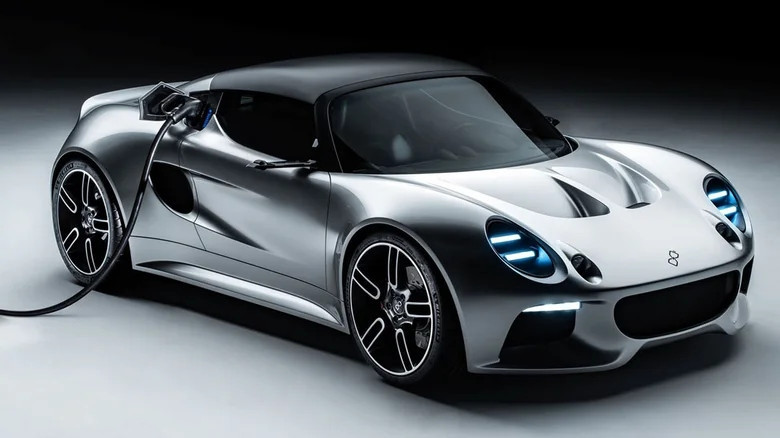
Another bold claim about battery technology is Nyobolt’s ability to charge an electric vehicle in just six minutes. Rather than relying on emerging technologies like solid-state batteries, Nyobolt focuses on optimizing widely used lithium-ion batteries to achieve extremely fast charging times. The company’s EVs tested have a range of up to 250 km, and are based on the Lotus Elise sports car. Notably, the company claims that its cutting-edge battery technology can easily be applied to heavier vehicles like SUVs.
3. Sweden's electrified roads
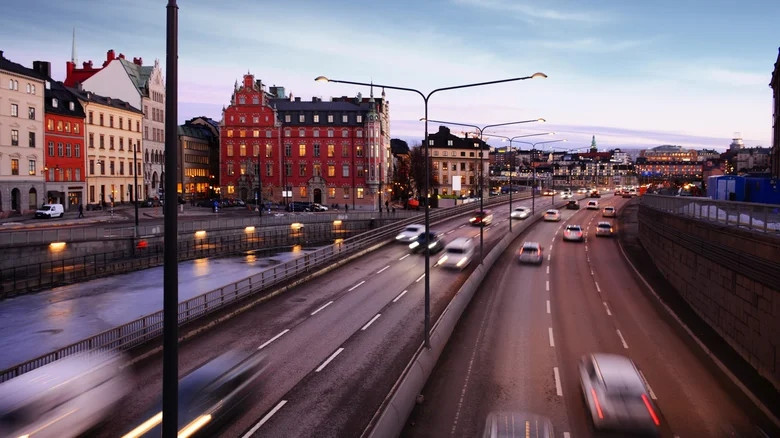
Currently, electric cars can only be recharged via fixed charging stations, but the future could be very different. A Swedish government transport agency is developing electrified roads to charge eco-friendly vehicles while they are on the move. Construction of the first section will begin in 2025 to test the feasibility of the project.
Immediately, the project's charging method is being hotly debated, with some suggesting that the road will be similar in structure to overhead cable network systems like those already used in some European cities for buses and trams.
4. Llumar Self-Healing Paint Protection Film
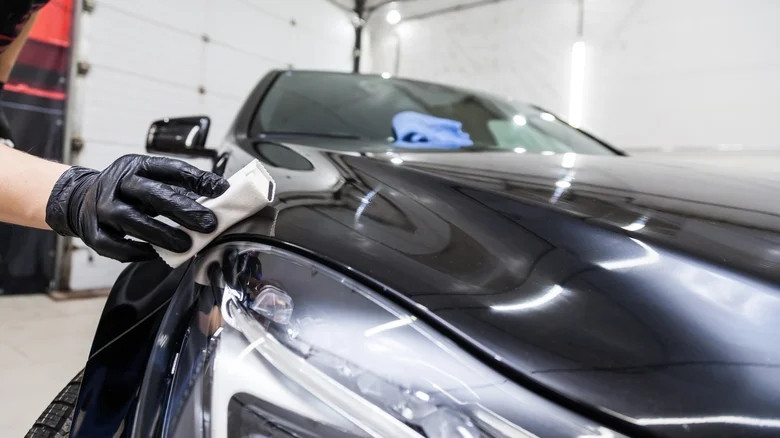
Scratches and paint chips due to daily wear and tear are always the nightmare of most car owners. Understanding this psychology, Llumar has developed an advanced paint protection film that can self-heal scratches thanks to a unique adhesive layer. It only takes a few minutes for the paint to return to its original state after being scratched without leaving traces due to the impact of external objects.
This amazing product is already available in select markets, mostly on top luxury models due to their price point. However, once this technology is widely available to a larger customer base, it will be a great investment that any driver would want to spend money on their vehicle.
5. WayRay's augmented reality display
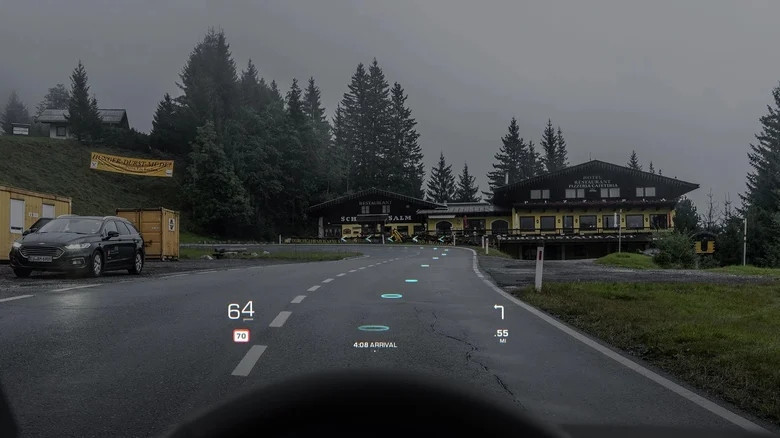
Head-up displays (HUDs) are a convenient way for drivers to monitor speed and navigation without taking their eyes off the road. WayRay is a leading provider of head-up display technology, with investments from companies like Porsche and Hyundai, and it has bold plans for its next generation of AR displays.
The company believes that the technology could benefit both taxi companies and passengers, as in-car advertising could help pay for a portion of the fare, making the ride cheaper. Meanwhile, additional navigation features could enhance the driving experience for drivers. But as with other cutting-edge tech ideas, it remains to be seen how long it will take for this prototype to hit the road.
6. BMW color changing body
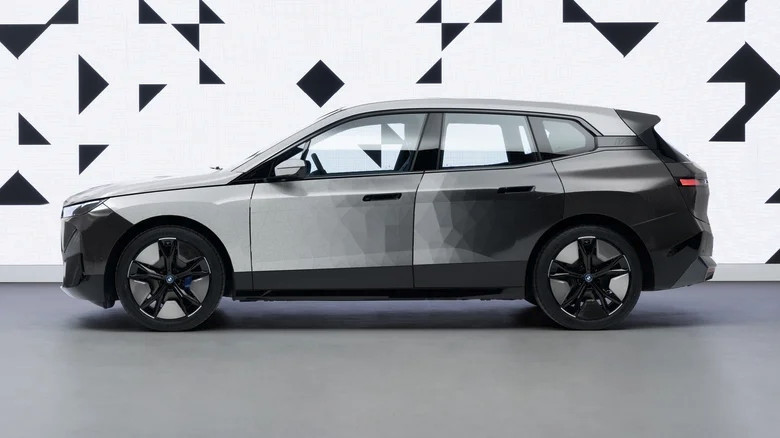
Unveiled at CES 2022, BMW’s E Ink technology allows its cars to change color at the touch of a button. The biggest benefit the brand touted at the time was thermal efficiency: on sunny days, the car could turn white to dissipate the most heat, saving on air conditioning energy, while on colder days, black paint would help absorb heat better.
According to the latest update, the company is trying to apply it to different parts of the cabin to “transform” the interior of cars. The full scope of this technology may still be in development, but the idea looks promising, and the engineers behind it believe that production cars will have the color-changing feature integrated sooner than you think.
7. Bertone's supercar runs on plastic waste
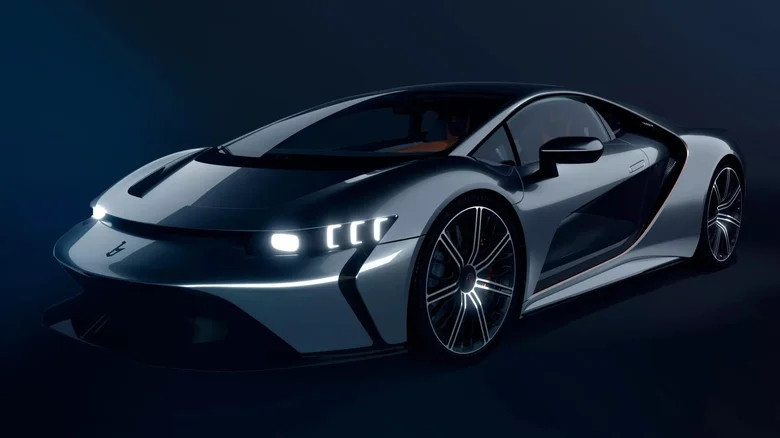
Legendary Italian designer Bertone recently launched the GB110 supercar in late 2022. Overall, this is a beautiful car with a capacity of 1,100 horsepower and limited production.
The most unique aspect of the GB110, however, is its ability to run on fuel made from plastic waste. Thanks to a partnership with Select Fuel, the car’s internal combustion engine is designed to run on low-carbon fuel, a technology that could make today’s familiar ICE vehicles more environmentally friendly. Select Fuels takes plastic waste in its various forms and converts it back into a petrochemical fuel, which can then be used to fill up the car’s tank at the gas station, just like regular gasoline or diesel.
Turning old plastics from a waste product into a commodity has huge potential, but for now it’s still a relatively small-scale operation (with Bertone being one of the earliest partners in the project), so it’s important to scale up the process so that the fuel can be used in any gas-powered passenger car.
8. Michelin Airless Car Tires
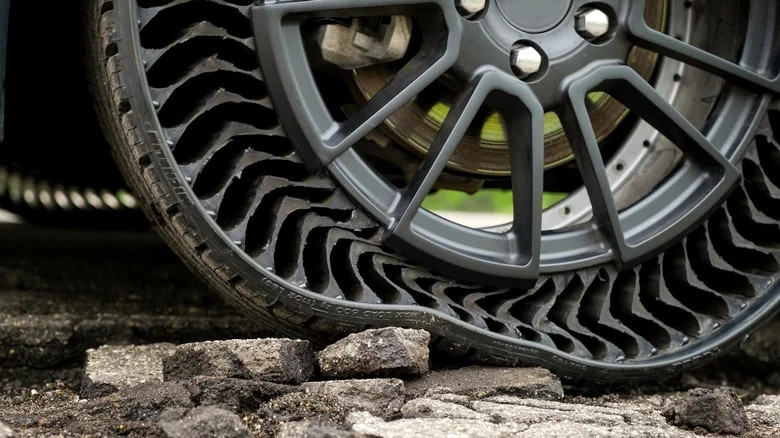
Unlike most other parts of a four-wheeled vehicle, car tires have barely changed since their inception. The air-filled structure of current car tires, while still doing its job well, also makes them susceptible to punctures and blowouts. To combat this, many aftermarket manufacturers have been working hard to develop new technologies to improve tire construction, but so far Michelin is the only manufacturer that has gotten to the point of testing its new tires on the road.
In early 2023, the first airless tyres were fitted to some DHL delivery vehicles in Singapore, with the aim of providing Michelin with more data on the actual wear of the tyres before selling them to customers.
The unique interior of the tyre is made of glass-reinforced plastic and can be driven over sharp spikes and rough terrain without the risk of punctures. Michelin claims the technology is almost ready for passenger vehicles, and has recently conducted successful high-speed tests to determine the tyre's durability at the request of several European police forces.
9. BYD's suspension system helps the car bounce
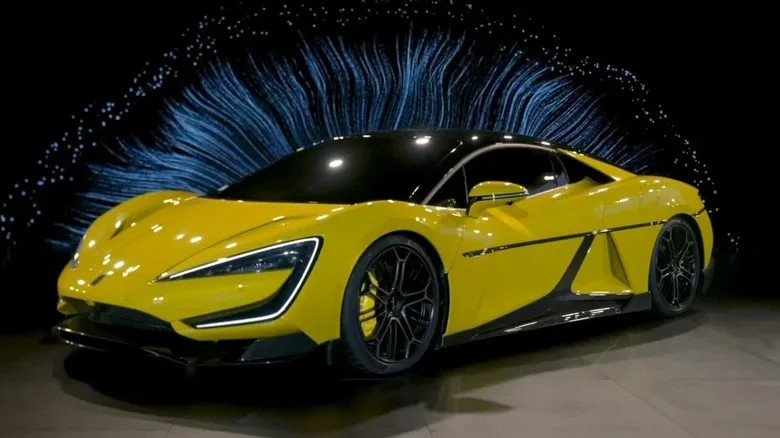
BYD has revealed its most impressive new technology: fully adjustable car suspension. In a video showcasing the technology, the Yangwang U9 supercar features a suspension that can bounce to the music and even move around with ease on just three wheels. The video looks entertaining, but the practical applications of the technology could be much more useful.
The ability to adjust a car's suspension on the fly can help low-riding cars negotiate obstacles, curves and potholes in the road, reducing the risk of damage to the car on rougher roads without affecting driving dynamics at low gradients.
Likewise, drivers of larger vehicles like SUVs will be able to enjoy the aerodynamic benefits of a lower ride height, improving efficiency without sacrificing the car’s all-terrain capabilities. Understeering can also be very useful in the event of a flat tire (assuming Michelin hasn’t convinced people to buy airless tires by then, of course).
BYD's impressive hydraulic suspension system will debut in production form in the upcoming Yangwang U8 SUV, but so far there are no plans for any similar system on cars sold outside of China.
10. Fisker's Solar Roof
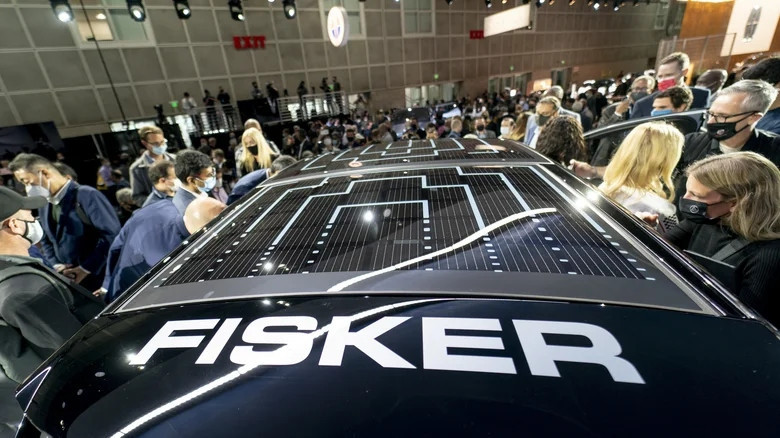
An American car company called Fisker has been testing solar panels on its Ocean SUV, claiming the equipment could provide up to 1,500 miles (2,400 km) of additional range a year in sunny climates, with the potential to double that as the technology is further developed.
The average American drives 13,476 miles (about 21,700 km) a year, so the current 1,500-mile mark would only provide a little over 10% of that range. But if the technology improves as Fisker hopes, this type of equipment could become much more desirable in future electric vehicles.
HA (synthetic)